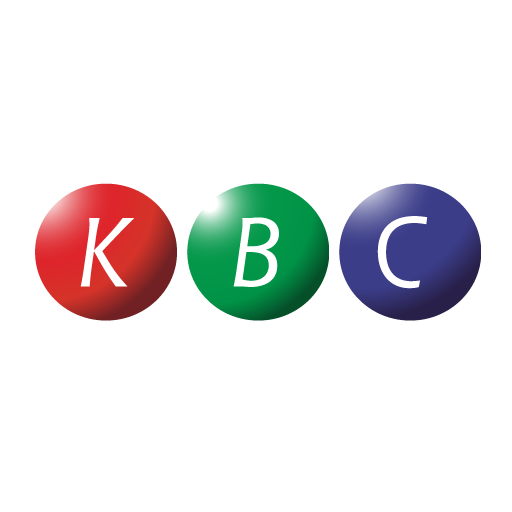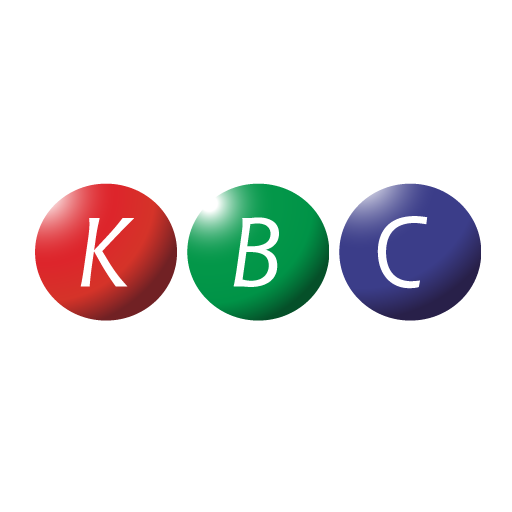As the World marks Anesthesia Day on Monday, October 16, it will be another occasion for the healthcare industry players to reflect on the paramount importance of maintaining patient care and safety.
This is especially the case, given that, in places like Kenya’s low-resource settings, for instance, research reveals a staggering 97 percent capnography gap in Sub-Saharan Africa.
According to leading Paediatric anesthesiologist Dr Zipporah Gathuya children regrettably are at a heightened risk of complications and deaths.
Whereas the day commemorates a significant development in the history of medicine, Dr Gathuya, a crusader for safe pediatric anesthesia practices in Kenya decries existing gaps in the healthcare sector compounded by a shortage of pediatric anesthesiologists.

The expert who sits on Smile Train’s African Medical Advisory Council, a non-governmental organization that provides corrective surgery to children with cleft lips around the world, asserts that every child ought to be anesthetised by a pediatric specialist which usually is not the case.
Dr Gathuya who in 2015 was awarded Head of State Commendation for her exemplary role speaks to KBC Digital Journalist Gene Gituku about pertinent issues in the sector.
She will also discuss her career, challenges and the push for access to safe surgery at a time the Kenyan government moves to reaffirm commitment to the realisation of Universal Health Coverage (UHC).
Gituku: As a leading health specialist, what is your day like?
I do a lot of work in putting babies to sleep. Currently, I have been working with babies who require anesthesia for radiological exams, but occasionally, I’m in the operating room for patients who require surgery for various conditions. We put them to sleep, wake them after managing their pain, and talk to their parents about the procedures to follow. On the other hand, I have been doing a lot of advocacy training for pediatric anesthesia and improving access to safe anesthesia and surgery. That is how I have been working with both Smile Train and Lifebox to improve access through education for the workforce and monitoring capabilities for our patients who are under anesthesia.
Gituku: Is there a difference between administering anesthesia in adults and children?
Children require specialized care when under anesthesia. I initially trained as an adult anesthetist but had to go back to school to specialize in pediatric anesthesia. Ideally, every child should be anesthetised by a pediatric anesthesiologist, but in Kenya, that is not the case.
Gituku: How will the introduction of the Smile Train-Lifebox Capnograph impact the safety and outcomes of pediatric surgeries in Kenya?
Capnography is a monitoring technique that measures the amount of carbon dioxide that the patient is breathing out when they are under anesthesia. It is recommended as the standard of care for all patients undergoing anesthesia, not only pediatric patients. However because pediatric patients have a smaller oxygen reserve, it is critical to have a capnograph.
The capnograph helps in the first instance when the breathing tube is inserted into the trachea. Without it, it may take some time to realize if the tube ends up in the wrong place, potentially causing brain damage due to lack of oxygen.
Capnography allows us to detect and correct this issue, preventing brain damage. In the developed world, it is unheard of for patients to undergo surgery without capnography, and we are trying to achieve the same standard of care in Kenya. There is a significant gap in sub-Saharan Africa.
Gituku: Kindly elaborate on the unique challenges encountered in low-resource settings when monitoring patients during anesthesia, especially children.
In terms of unique challenges, we can classify them into infrastructure, such as the availability of operating rooms, monitors, oxygen, and consistent water and electricity. We also have issues with the workforce, such as the number of trained individuals to administer anesthesia to children. Additionally, the safety culture plays a role. We are addressing these issues to improve outcomes, as studies have shown that in this part of the world, a child undergoing anesthesia is 100 times more likely to die than in developed countries.
Gituku: How will the introduction of the Smile Train-Lifebox Capnograph transform the way you and your colleagues provide anesthesia to pediatric patients in low-resource settings?
We are not only providing capnographs but also training modules and programs. Every facility that receives capnographs will also receive training on how to capture and interpret the data, making healthcare providers more confident in using the device. From some pilot programs, we have identified areas that need training in using the capnograph effectively.
Gituku: What do you think the government under Universal Health Coverage can do to bridge the gap that exists in the operating rooms in Kenya?
There has been a significant push for universal health coverage in the country, which is a positive direction. Additionally, there should be more emphasis on surgery, surgical procedures, and anesthesia provision.
Studies have shown that it is economically viable to invest in safe anesthesia and surgery, leading to better outcomes and healthier populations. It’s important for the government to invest in the repair of surgical amenable congenital conditions and ensure that insurance companies cover congenital anomalies. This will reduce the burden on the health system. To achieve universal health coverage, the government should invest in training the workforce and improving infrastructure.
Gituku: What’s is your message as Kenya joins the World in marking Anaesthesia Day this Monday?
World Anaesthesia Day is an important time to create awareness. Many people perceive anesthesia as simply putting patients to sleep and waking them up. It’s crucial for the general public to realize that anesthesia providers play a vital role in surgical outcomes.
Even if a surgery goes wrong, it can often be rectified, but if anesthesia goes wrong, it’s challenging to correct. The call from the anesthesia fraternity is for the public to appreciate the highly trained individuals who provide anesthesia and understand their important role in the surgical process. Society needs to recognize the need for anesthesia providers, and this will encourage more people to pursue anesthesia training, ultimately improving workforce and outcomes.
Thank you very much





